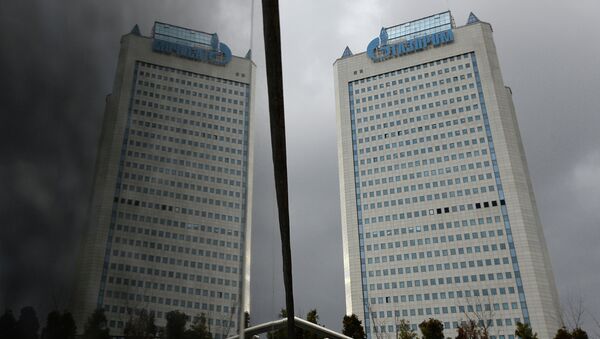"Undoubtedly, OMV will deepen the partnership with Gazprom, it is in the interest of the company and in the interests of Austria," Seele told reporters.
If the company is unable to successfully enter the Russian market and start working there this year, then the growth and reserves planned by the strategy will not be maintained and the OMV management will have to reconsider their plans, he added.
So far, the Russian partner has not informed OMV about its exact claims for assets in a deal, he outlined.
Austria’s OMV oil and gas company is one of five European energy firms Russia’s Gazprom signed a shareholder agreement with in September, allocating each a 10-percent stake in the Nord Stream-2 gas pipeline project.
OMV and Gazprom signed a separate agreement on the terms and conditions of a possible asset swap, giving the Austrian firm a 24.98-percent stake in a project to develop two units at an oil, gas and condensate field in north-central Russia.
OMV plans to complete an asset swap with Russia’s energy giant Gazprom in 2017, the OMV Group said Thursday presenting its new strategy.
OMV and Gazprom signed an agreement on the terms and conditions of a possible asset swap, giving the Austrian firm a 24.98-percent stake in a project to develop two units at an oil, gas and condensate field in north-central Russia.
"The planned closure of the deal is scheduled for 2017," OMV's presentation said.
In case of a successful closure of a deal with the Russian company, OMV expects to start production at two units of the Achimov gas deposits of the Urengoy field in Siberia in 2018.
"The planned asset swap with Gazprom, which will enable us to access the production in the cost-efficient Urengoy field, should establish Russia as an additional core region by 2020," a press release to the presentation read.
The maximum amount of production is expected in 2027, the company noted.


